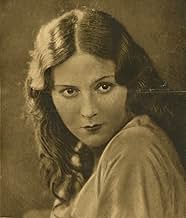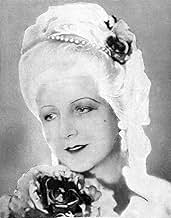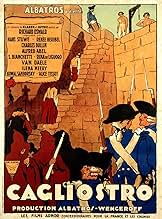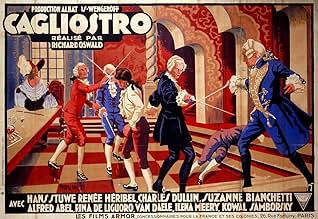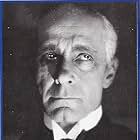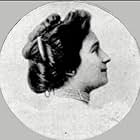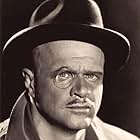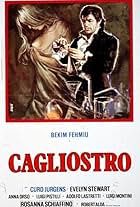Herr Richard Oswald was an Austrian film director who was responsible for many silent films in different European countries; his "Cagliostro; Liebe Und Leben Eines Grossen Abenteurers" (1929) is an excellent example of his international work and also demonstrates the many qualities and artistic values that can be seen throughout Herr Oswald's silent career.
"Cagliostro" was an European film co-production that involved different nationalities of the old continent: the film was directed by an Austrian, performed by German actors, who played in a story about a magician, alchemist and adventurer during the times of the French king Louis XVI and Frau Marie-Antoinette, and with a frenchified film crew (including Herr Marcel Carné ) and finally was produced by "Film Albatros", a film company supported by Russian émigrés in France.
Such varied artistic backgrounds resulted in a film done with great care; unfortunately it cannot be fully enjoyed because "Cagliostro" has survived only in an abridged form; the restored version available nowadays is a "Pathé-Baby" 9.5 mm copy that represents half of the original footage, a fact this that obviously affects the film continuity and the development of many characters of the picture. In spite of this, "Cagliostro" can still be enjoyed by silent film fans due to its powerful images and thrilling sequences.
The most evident aspect of the film is its conventional film narrative, perfect for an epoch film production which balances doses of adventure with stylish film elements borrowed from other genres. An example of the latter can be found in the sequences wherein Cagliostro the magician demonstrates his powers and tricks in front of a shocked audience in shots full of the mystery and darkness of Expressionist shadows. In contrast is the French royal court where everything is luminous and at the same time decadent, a court full of hypocrites and opportunists with corruption and ambition everywhere. The set design provides a perfect background for all this and Herr Oswald's direction catches the mood of the times.
Especially remarkable is the last part of the picture wherein Herr Cagliostro, who has to flee to Italy due his involvement in the Queen's Necklace affair, is imprisoned along with his wife Frau Lorenza. They are condemned to death and their devotion to each other is poignant and moving. It ends happily with their escape (a thrilling sequence and the beautiful cinematography of Herr Maurice Desfassiaux und Herr Jules Kruger is particularly striking in these moments).
"Cagliostro" is an excellent depiction of a careerist and adventurer as well as being a social portrait of the decadence of the Royal French court, a dark film full of intrigues and action, a remarkable achievement whose virtues shine through splendidly even in this abridged form.
And now, if you'll allow me, I must temporarily take my leave because this German Count must warn Frau Marie-Antoinette not to lose her mind ( and her head ) over this Herr Graf.
Herr Graf Ferdinand Von Galitzien http://ferdinandvongalitzien.blogspot.com


